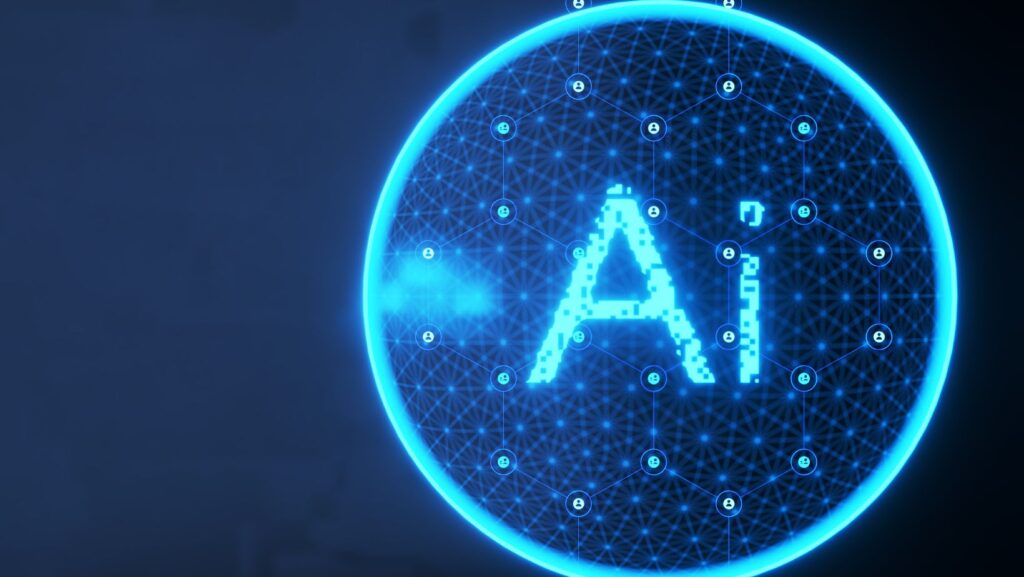Hidden in the digital archives of most businesses lies a treasure trove of valuable content that’s been forgotten, overlooked, or simply lost in the constant push to create something new. Years of blog posts, recorded webinars, customer support emails, podcast episodes, and social media content represent countless hours of expertise and insight that could be serving current business goals if only someone had the time to dig through it all. This is where AI-powered content archaeology is changing the game, helping businesses rediscover and repurpose their existing content assets in ways that would be impossible through manual effort alone.
The concept of content archaeology goes beyond simple content auditing. It involves using artificial intelligence to excavate patterns, themes, and valuable insights from vast amounts of existing content, then strategically repurposing these discoveries to serve current marketing and communication needs. This approach acknowledges a fundamental truth: most businesses have already created much of the content they need—they just haven’t organized or presented it in ways that maximize its current value.
The Hidden Value in Content Archives
Most established businesses have accumulated substantial content libraries over years of operation. Blog archives spanning multiple years, recorded training sessions, customer support interactions, and archived webinars represent significant investments in content creation that often go underutilized once they’re no longer prominently featured on websites or marketing materials.
The challenge isn’t lack of content—it’s the overwhelming task of analyzing and organizing this content in ways that reveal its ongoing value. Manual content audits are time-intensive and often miss subtle patterns or connections that could inform new content strategies. AI tools excel at this kind of pattern recognition work, identifying themes and relationships across large content volumes that human reviewers might overlook.
This accumulated content often contains some of a business’s best thinking and most authentic insights. Early blog posts frequently capture entrepreneurial passion and unique perspectives that can feel more genuine than current content produced under the pressure of consistent publishing schedules. Archived customer interactions reveal real problems and solutions that can inform content strategy in ways that purely market research-based content cannot.
Pattern Recognition Across Content Types
AI’s ability to analyze different types of content simultaneously reveals insights that single-format analysis cannot provide. A comprehensive content archaeology project might analyze blog posts for key topics, customer emails for frequently asked questions, webinar transcripts for teaching moments, and social media posts for engagement patterns—all within a single analytical framework.
This cross-format analysis often reveals that businesses have been addressing the same core topics in different ways across various platforms and formats. AI can identify these theme clusters and suggest ways to create more comprehensive, cohesive content experiences that draw from the best insights across all formats.
The pattern recognition capabilities of AI also extend to performance analysis, identifying which historical content generated the most engagement, shares, or conversions. These high-performing pieces often contain elements that can be extracted and applied to new content creation, providing data-driven insights about what resonates with the business’s specific audience.
Transforming Webinars into Content Series
Recorded webinars represent particularly rich sources for content repurposing because they typically contain comprehensive discussions of important topics, complete with audience questions and real-time problem-solving. AI can analyze webinar transcripts to identify distinct segments that could be transformed into individual blog posts using Blaze AI for blog posts, social media content, or newsletter topics.
The transformation process involves breaking down hour-long presentations into digestible content pieces while maintaining the context and depth that made the original webinar valuable. AI can identify natural breaking points in presentations, extract key quotes and insights, and suggest ways to expand on specific points that were briefly mentioned but not fully explored.
This approach often yields multiple content pieces from a single webinar: a comprehensive blog series covering the main topics, social media posts featuring key insights, FAQ content addressing audience questions, and follow-up articles exploring tangential topics that emerged during the presentation. The resulting content maintains the authority and expertise of the original presentation while making the information more accessible and discoverable.
Mining Customer Communications for Content Gold
Customer support emails, sales conversations, and user feedback contain authentic voices expressing real problems and describing successful solutions in their own words. This content represents some of the most valuable material for creating relevant, helpful content because it reflects actual customer experiences rather than assumed pain points.
AI can analyze thousands of customer interactions to identify the most frequently asked questions, common misconceptions, and successful explanation strategies that support staff have developed over time. This analysis often reveals gaps between what businesses think their customers need to know and what customers actually struggle with.
The content created from this customer communication analysis tends to be highly practical and immediately useful because it addresses real problems using language that customers actually use. AI can help preserve this authentic voice while organizing the insights into structured content formats like FAQ pages, troubleshooting guides, or educational blog series.
Breathing New Life into Archived Materials
Content archaeology isn’t just about repurposing old content in new formats—it’s also about identifying timeless insights that can be updated and refreshed for current audiences. AI can analyze archived content to distinguish between time-sensitive information that may no longer be relevant and evergreen insights that remain valuable.
This analysis often reveals that much of what businesses consider “outdated” content contains core insights that remain relevant even if the specific examples or references have become dated. AI can suggest ways to update these pieces with current examples while preserving the original insights that made them valuable.
The refresh process might involve updating statistical references, replacing outdated technology examples, or adding new sections that address how original insights apply to current market conditions. This approach allows businesses to leverage their best historical thinking while ensuring the content feels current and relevant to today’s audiences.
Content Gap Analysis and Strategic Planning
One of the most valuable aspects of AI-powered content archaeology is its ability to identify gaps in existing content coverage. By analyzing the complete content archive, AI can identify topics that have been partially addressed but not comprehensively covered, or important themes that emerge from customer interactions but haven’t been directly addressed in published content.
This gap analysis provides a data-driven foundation for content planning that goes beyond guessing at what audiences might want to know. The insights drawn from existing content performance, customer questions, and thematic analysis create a roadmap for new content creation that builds logically on proven successful topics.
The strategic value extends to understanding content evolution over time. AI can track how a business’s messaging, focus areas, and expertise have evolved, helping identify consistent themes that represent core brand values and differentiated insights that should be emphasized in current content strategy.
Technical Implementation and Workflow Integration
Implementing content archaeology requires tools that can handle multiple content formats and large volumes of material. Modern AI platforms can process text documents, audio transcripts, video content, and even email archives to create comprehensive content analyses that would be impossible through manual review.
The most effective implementations integrate content archaeology findings into ongoing content planning workflows rather than treating it as a one-time audit. This might involve regular AI analysis of new content to ensure it builds on successful historical themes, or ongoing monitoring of customer communications to identify emerging content opportunities.

Success with content archaeology also requires establishing clear criteria for evaluating which archived content deserves repurposing attention and which insights should inform new content creation. The goal isn’t to republish everything, but to strategically leverage the best insights and most valuable content in ways that serve current business objectives.
Maximizing Return on Content Investment
Content archaeology represents a shift toward viewing content creation as a long-term investment rather than a disposable marketing activity. By systematically analyzing and repurposing existing content, businesses can dramatically increase the return on their historical content creation investments while reducing the pressure to constantly generate entirely new material.
This approach often reveals that businesses have been sitting on content goldmines that, with strategic AI-assisted repurposing, can serve current marketing goals more effectively than starting from scratch. The combination of proven insights, authentic voice, and strategic reorganization creates content that feels both authoritative and immediately useful—exactly what effective business content should achieve.



